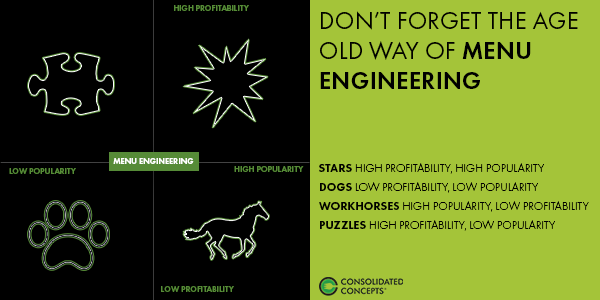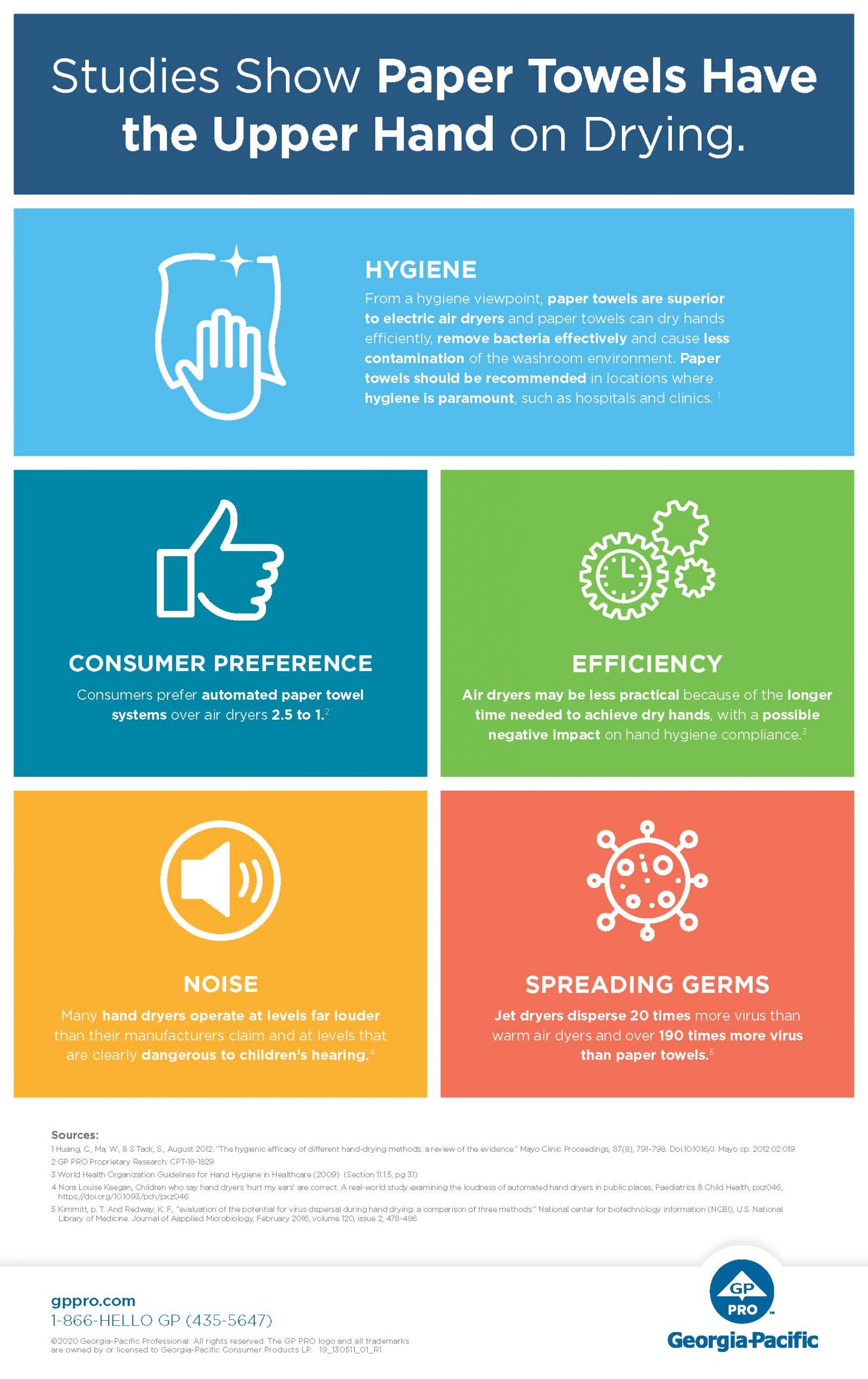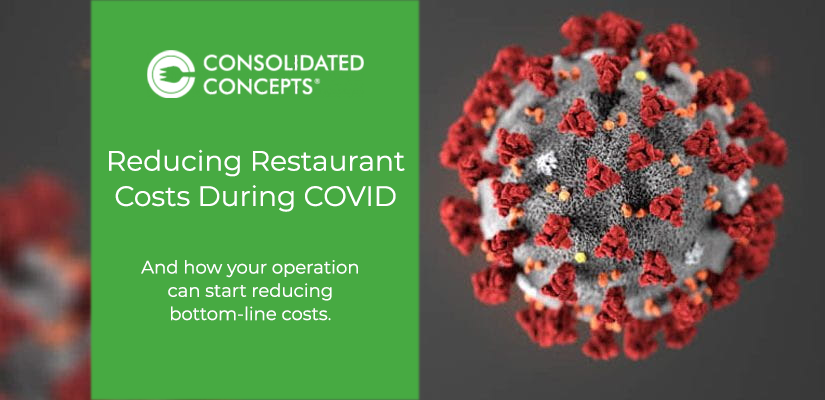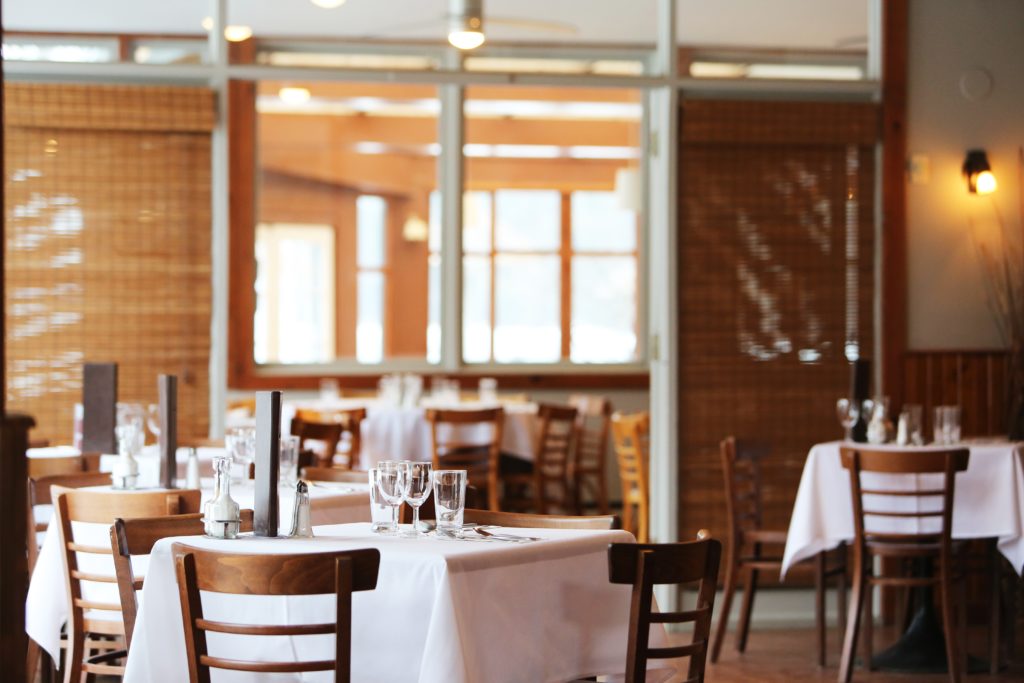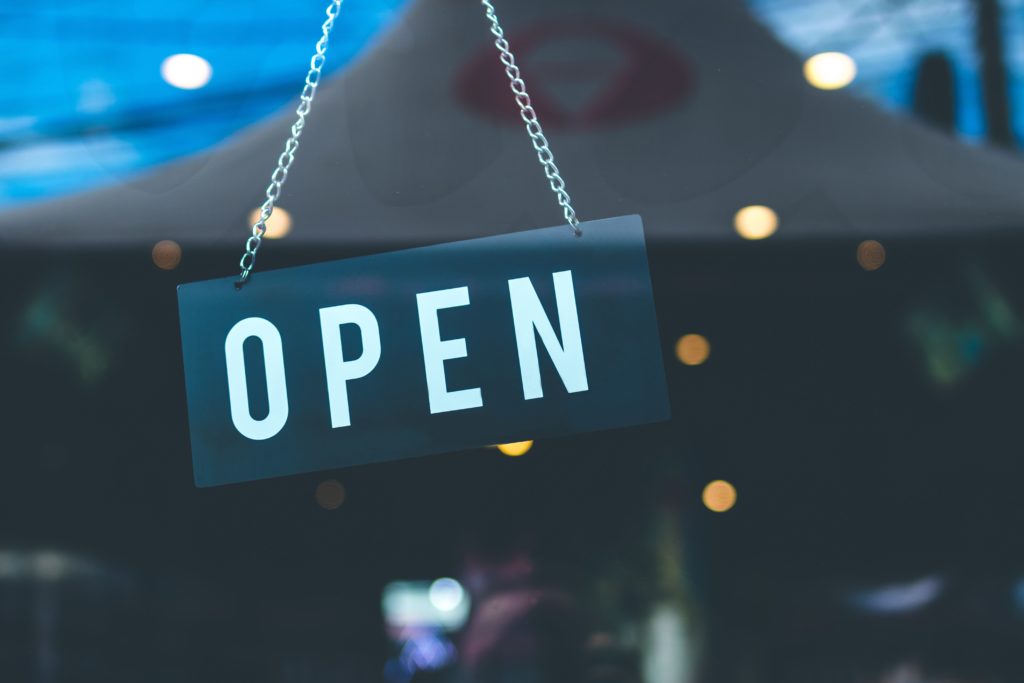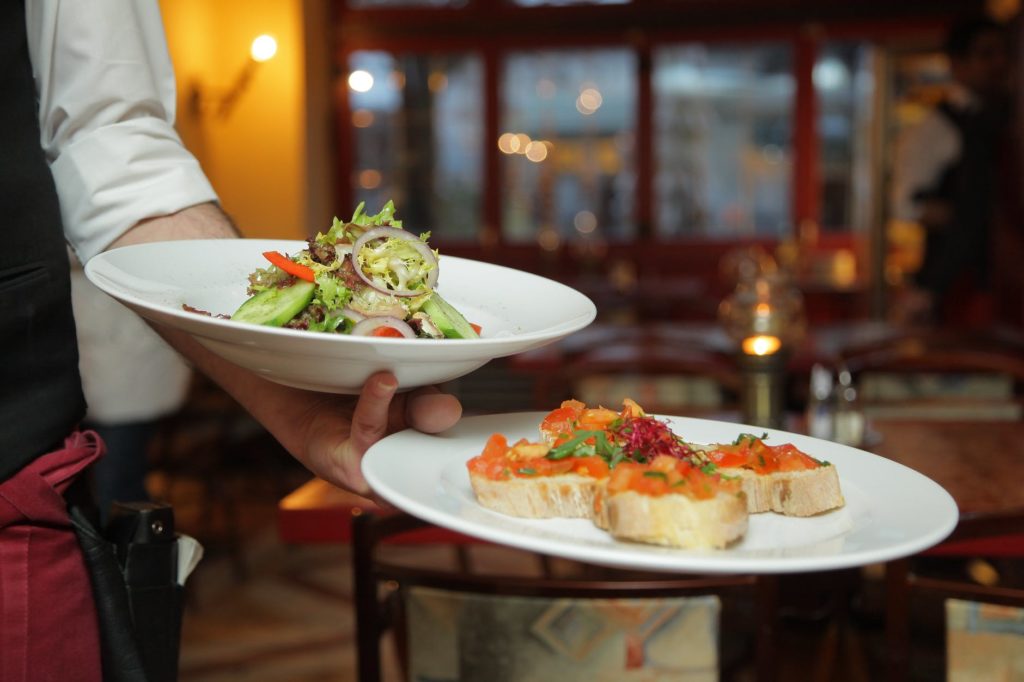Anonymous Objections to GPO’s
Not only is the purpose of a Group Purchasing Organization (GPO) to provide operators with access to pre-negotiated contracts designed to save them time and money, but also to streamline operations and optimize sourcing strategies.
Too good to be true? It’s true!
We hear objections and questions about GPOs all the time and love to dispel rumors about what it is that a GPO like Consolidated Concepts is really capable of.
Let’s review some common objections about GPO’s and how we usually set them straight:
Group Purchasing Organizations (GPOs) Programs Rarely Return Increased Profitability
One objection to joining a GPO is that the program rarely returns increased profitability because it’s assumed a GPO only focuses on purchase-based management of a restaurants cash flow. This couldn’t be further from the truth.
A Group Purchasing Organization, such as Consolidated Concepts, encourages restaurants to utilize programs throughout a suite of services that help them get a handle on areas such as food cost management, cost of goods sold, master distribution agreements, inventory management practices, sku rationalization, menu engineering, portioning, fixed cost reduction, and more.
The easiest place for most restaurants to start is with a cash back GPO program that helps reduce their spend and put some money back into their bottom line. From there, GPO’s can help their clients dig into their purchasing data and address some of the more nuanced factors that contribute to their profitability.
You Have to Sacrifice Quality for Price
Another objection about joining a GPO is that operators must sacrifice the quality of their menu items or products to decrease their spend. Just because something is less expensive, or you get a better deal on it doesn’t mean the quality is any less.
It’s never encouraged to sacrifice quality for the sake of price. Contracts through GPO’s like Consolidated Concepts cover over 165k items ranging from premium to value options. So many restaurants are rightly focused on driving sales and top line revenue; a GPO seeks to help them grow more successful by taking a closer look at the cost side of the equation. For example, joining a produce management program can help operators improve the quality, safety and traceability of their food programs.
Today’s consumer, when choosing to spend dollars on foodservice, will not sacrifice their expectations of high quality. And they shouldn’t have to.
GPO’s Only Care About Costs Not Operational Behaviors
True sustainable growth does not only come from how much you save.
It doesn’t matter if you are paying less for your supplies. If you are not aware of over portioning and are poorly prepared you cannot run a successful operation. The right GPO helps you focus on all these areas of your operation including inventory, food waste, portioning, plate costing and above all, top line sales management.
All these areas can be more profitable behaviors along with staff training, guest management, menu flow and mix and projected food cost expectations for what is being sold.
Group Purchasing Organizations such as Consolidated Concepts, do just that. By becoming a Consolidated Concepts member, restaurant operators earn cash back for free on rebate line items their restaurant purchases every day and gets access to resources that streamline their operation.
Contact Consolidated Concepts today to start leveraging our buying power, category specialists and broadline/negotiation expertise. Utilize our contracts, partners, experts and technology to reduce costs, improve quality, streamline the supply chain and gain valuable business insights.







